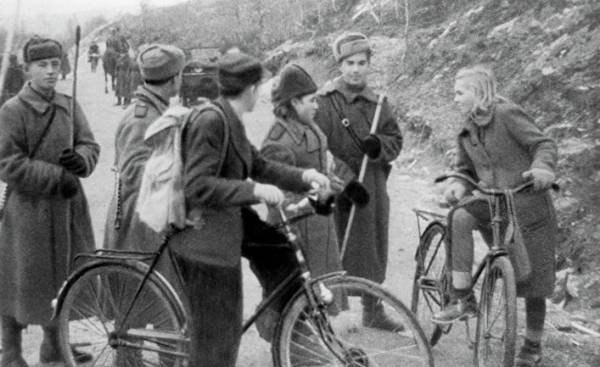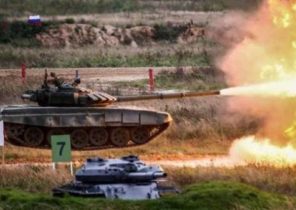
In 2017, the prize of the Association of bookshops and author of the best journalistic works awarded to Neerland Solheim historian Marianne (Marianne Neerland Soleim) for the book “Operation Asphalt” with the subtitle “the Cold war and the war graves”. The book is published by Orkana.
This book is about the desecration and destruction of Russian war graves in Northern Norway during the cold war.
50 thousand CZK
“I am surprised and very happy. About the award I was told on may 18 and in that day I couldn’t think of anything else,” says Solheim in an interview with Dagbladet on the phone from Kirkenes, where he lives and works in the Barents Institute.
Today she will receive the award during the Literary festival in Lillehammer
The jury considered more than 50 nonfiction books. In addition to the fame the winner gets a monetary award in the size in 50 thousand kroons.
“Receiving this award increases motivation. It is especially pleasing that this time pay attention to quite academic journalism, which usually does not attract much interest. It was not easy to make the book readable and interesting not only for researchers”.
“With that money I can think of new books and new projects,” says Solheim, doctoral thesis which is about the Russian POWs in Norway has attracted considerable attention.
During the Second world war in Norway have been sent about 100 thousand Soviet prisoners of war.
3,7 thousand of them died and were buried in approximately 100 different graves in Nordland (Nordland), tromsø (Troms) and Finnmark (Finnmark). In the book there is a speech about them and about how the remains of the victims and the sites themselves were destroyed — in particular, exploded in the early 1950s, and by the authorities.
The bodies were placed in bags for asphalt
“Moving the remains was called “Operation Asphalt”, because dug out of the graves the remains were transported in bags to the asphalt. Plan “Operation Asphalt” began in 1948. Then decided to create a common burial in a military cemetery in Hetta (Tjøtta krigskirkegård) to Helgeandsholmen (Helgelandskysten) near lake Sandnessjoen (Sandnessjøen). The authorities tried to do everything in secret,” says Solheim.
The remains were moved in 1951, and in 1953 the state Military cemetery was ready.
The reason for “centralization” of many war graves was mostly in the cold war and that Norway feared Soviet spies — they could arrive under the pretext of visiting the many graves.
Inhumane and inhuman
“The Norwegian authorities are engaged in carrying out inhumane and even inhuman actions. The bodies were dug up and openly shifted in bags, and, of course, the locals very soon know. In the North of Norway is called acute rejection, people reacted very negatively, but in the rest of Norway knew little,” says Solheim.
Few Newspapers outside of North Norway wrote this small article in particular was published in Dagbladet.
After the remains were dug up and transported to Hetta, a former burial and were there monuments were blown up. And those that remained, overgrown, and gradually they become the “prey” of nature.
The President was shocked
The cause of the incident was the fact that Norway did not want to have in your cultural landscape of Soviet symbols. In 2010, then-Russian President Dmitry Medvedev visited the armed forces Museum of Norway at Akershus. Solheim was a translator.
“Medvedev shook his head when he saw the blown up photos of tombstones in Saltfjellet (Saltfjellet).
“The Russians have a completely different culture and other traditions in relation to monuments, they care about them. The Norwegian authorities wanted to avoid espionage and feared the Soviet Union, but still: blasting disposal is cruel. Therefore, it is important to tell about this episode in our military history,” — said Solheim.
She studied Norwegian war history for more than 15 years, engaged in research work. Today “Operation Asphalt” causes a negative reaction not only in Russian, she is deeply wounded and the local population.
Many had close contacts with Soviet soldiers.
“Residents of Northern Norway helped Russian soldiers and mourned the dead. And when graves was gone, the locals had no places where they could go, remember, do not become the graves of those whom they would like to mourn. This angered many,” says Solheim.
Marianne Solheim Nerland
Norwegian historian, head of the Department in the Barents Institute in Kirkenes. She was born in 1969. Her book, “Soviet prisoners of war in Norway 1941-1945”, based on the findings of the doctoral thesis of 2009, named one of the most important Norwegian books about the Second world war. For the book “Operation Asphalt” of Russian military graves in Northern Norway, today awarded the prize for best journalistic work.







